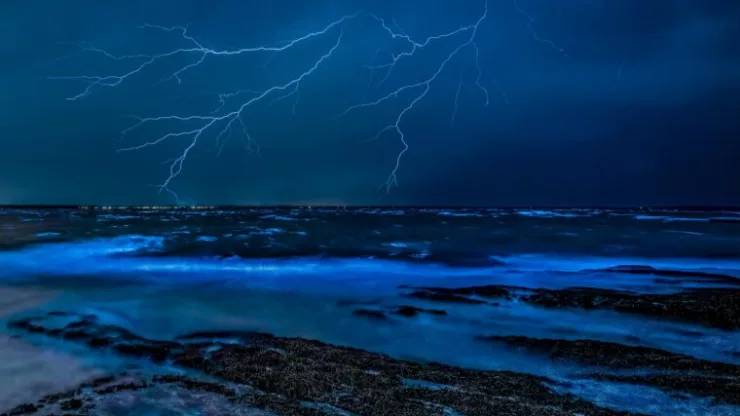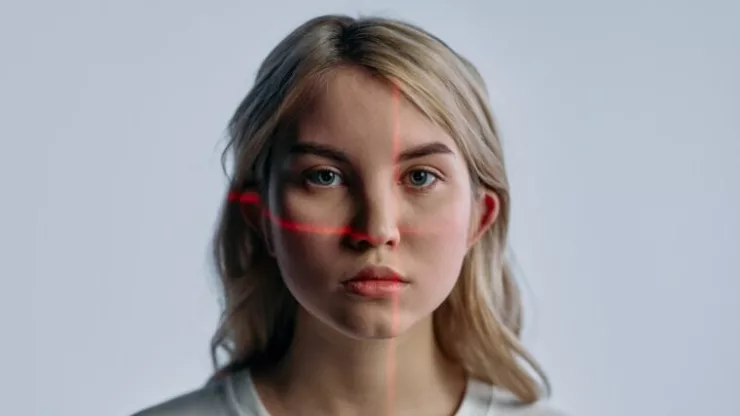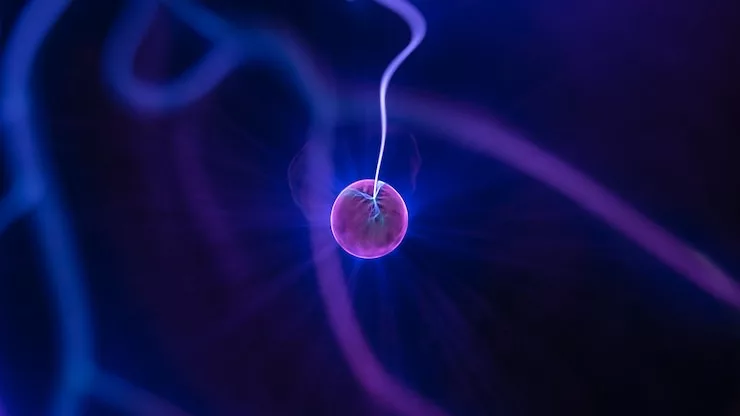Bioluminescence is one of nature’s most fascinating phenomena. It is the ability of living organisms to produce light through chemical reactions in their cells.
Bioluminescence can be found in many different types of organisms, from bacteria and fungi to insects and fish.
In this article, we will explore how bioluminescence works, why it occurs, and where you can see it in nature.
How Bioluminescence Works
Bioluminescence is caused by a chemical reaction between two molecules: luciferin and luciferase. Luciferin is a light-emitting pigment that can be found in various forms in different organisms.
Luciferase is an enzyme that catalyzes the oxidation of luciferin, releasing energy as light.
The color and intensity of the light depend on several factors, such as the type of luciferin and luciferase involved, the pH level, the temperature, and the presence of other substances.
Some organisms can control their bioluminescence by regulating the amount or activity of luciferin or luciferase in their cells.
Why Bioluminescence Occurs
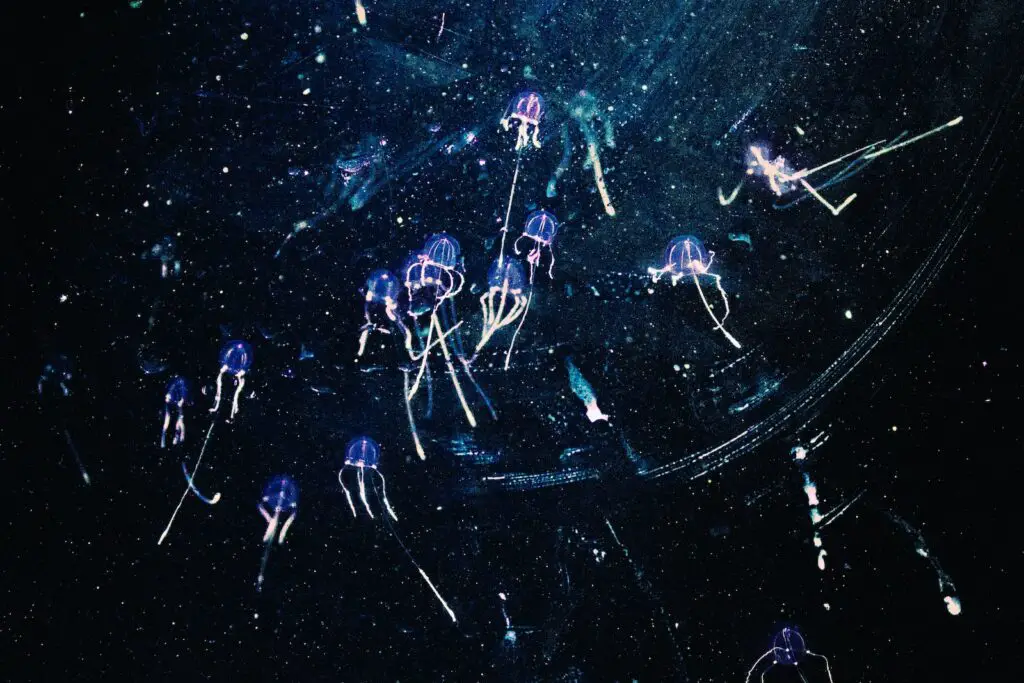
Bioluminescence has many functions for different organisms. Some common reasons why organisms produce light are:
- Communication: Many bioluminescent organisms use light to communicate with each other or attract mates. For example, fireflies flash their lights in specific patterns to signal their species and sex to potential partners.
- Predation: Some bioluminescent organisms use light to lure or confuse their prey or predators. For example, anglerfish have a bioluminescent lure on their head that they use to attract smaller fish into their mouth.
- Defense: Some bioluminescent organisms use light to scare away or distract their enemies. For example, some squid eject a cloud of bioluminescent ink when threatened by predators.
- Illumination: Some bioluminescent organisms use light to see better in dark environments. For example, some deep-sea fish have bioluminescent organs on their eyes that help them detect prey or predators.
Where Bioluminescence Occurs
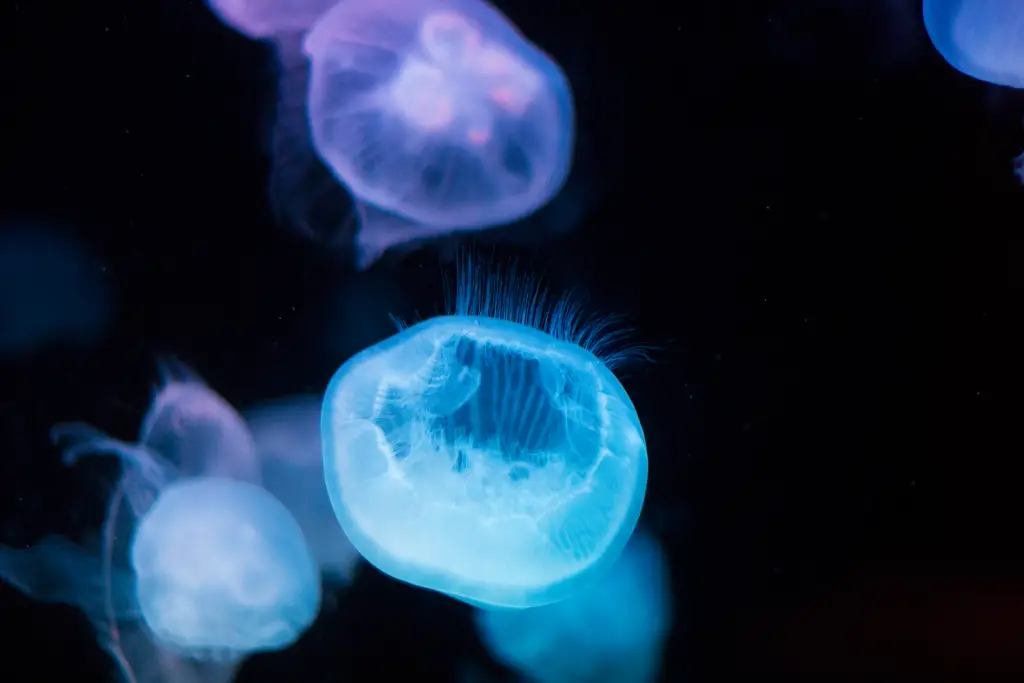
Bioluminescence can be found in many places around the world, both on land and in water. Some examples are:
- Glowworm caves: In New Zealand, there are several caves that are home to thousands of glowworms (larvae of fungus gnats) that emit blue-green light from their tails. The glowworms hang from the ceiling and use their light to attract insects into sticky threads that they use as food.
- Plankton blooms: In some coastal waters, there are massive concentrations of plankton (microscopic algae and animals) that produce blue-green light when disturbed by waves or boats. The plankton use their light as a defense mechanism against predators.
- Firefly forests: In some tropical and temperate regions, there are forests that are filled with fireflies (beetles) that flash their lights synchronously at night during mating season. The fireflies use their light to find mates of the same species.
- Biobay lagoons: In some Caribbean islands, there are lagoons that are rich in dinoflagellates (single-celled algae) that produce blue-green light when agitated by movement or touch. The dinoflagellates use their light as a defense mechanism against predators.
FAQ
Q: What is bioluminescence?
A: Bioluminescence is the ability of living organisms to produce light through chemical reactions in their cells.
Q: How does bioluminescence work?
A: Bioluminescence is caused by a chemical reaction between two molecules: luciferin (a light-emitting pigment) and luciferase (an enzyme that catalyzes the oxidation of luciferin).
Q: Why do organisms produce bioluminescence?
A: Bioluminescence has many functions for different organisms, such as communication, predation, defense, or illumination.
Q: Where can I see bioluminescence?
A: Bioluminescence can be found in many places around the world, such as glowworm caves, plankton blooms, firefly forests, or biobay lagoons.

I am a fun fact enthusiast and creator of Facts On Tap.
I love to share my knowledge and curiosity with readers and inspire them to learn something new every day.
When I’m not writing, I enjoy traveling, reading, and playing trivia games with my friends.
